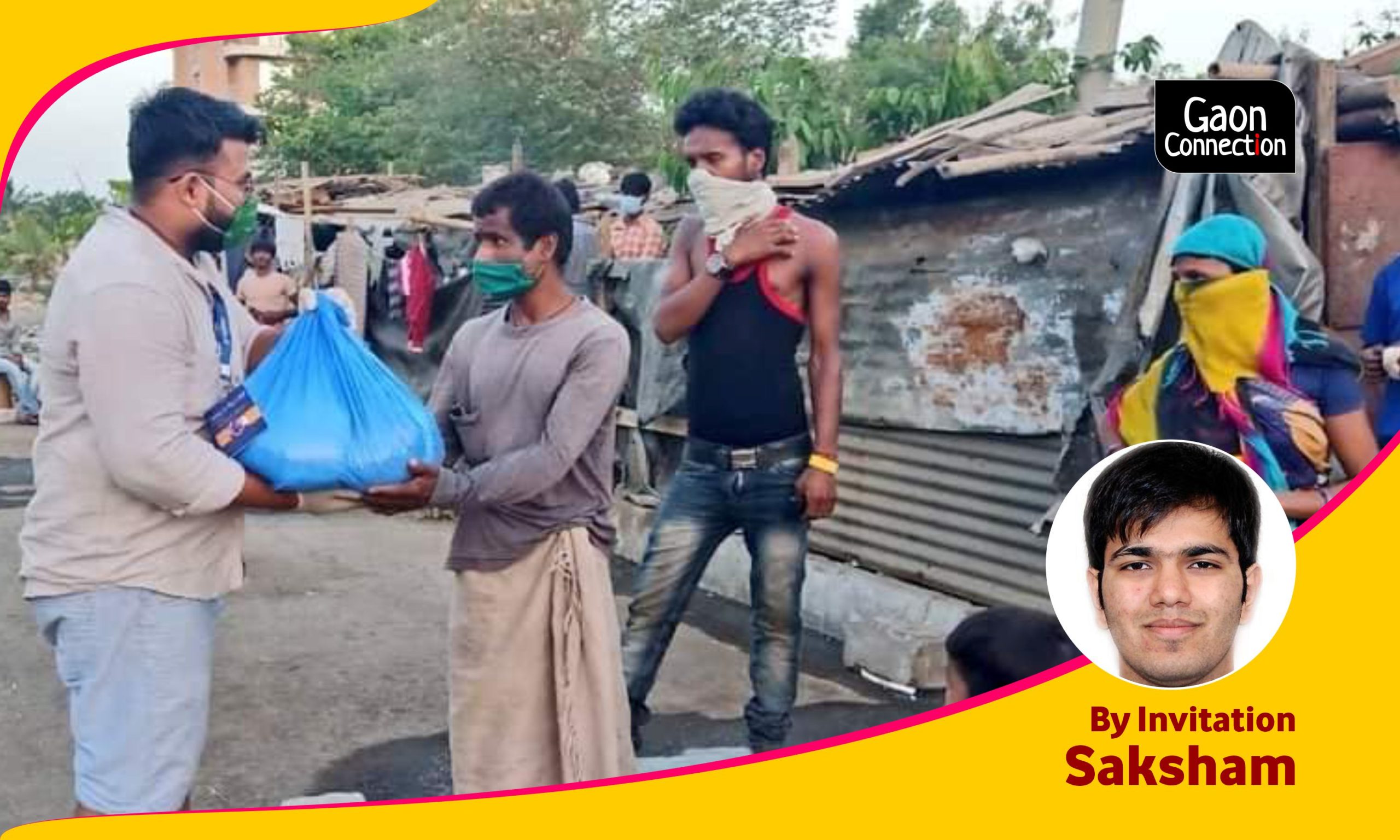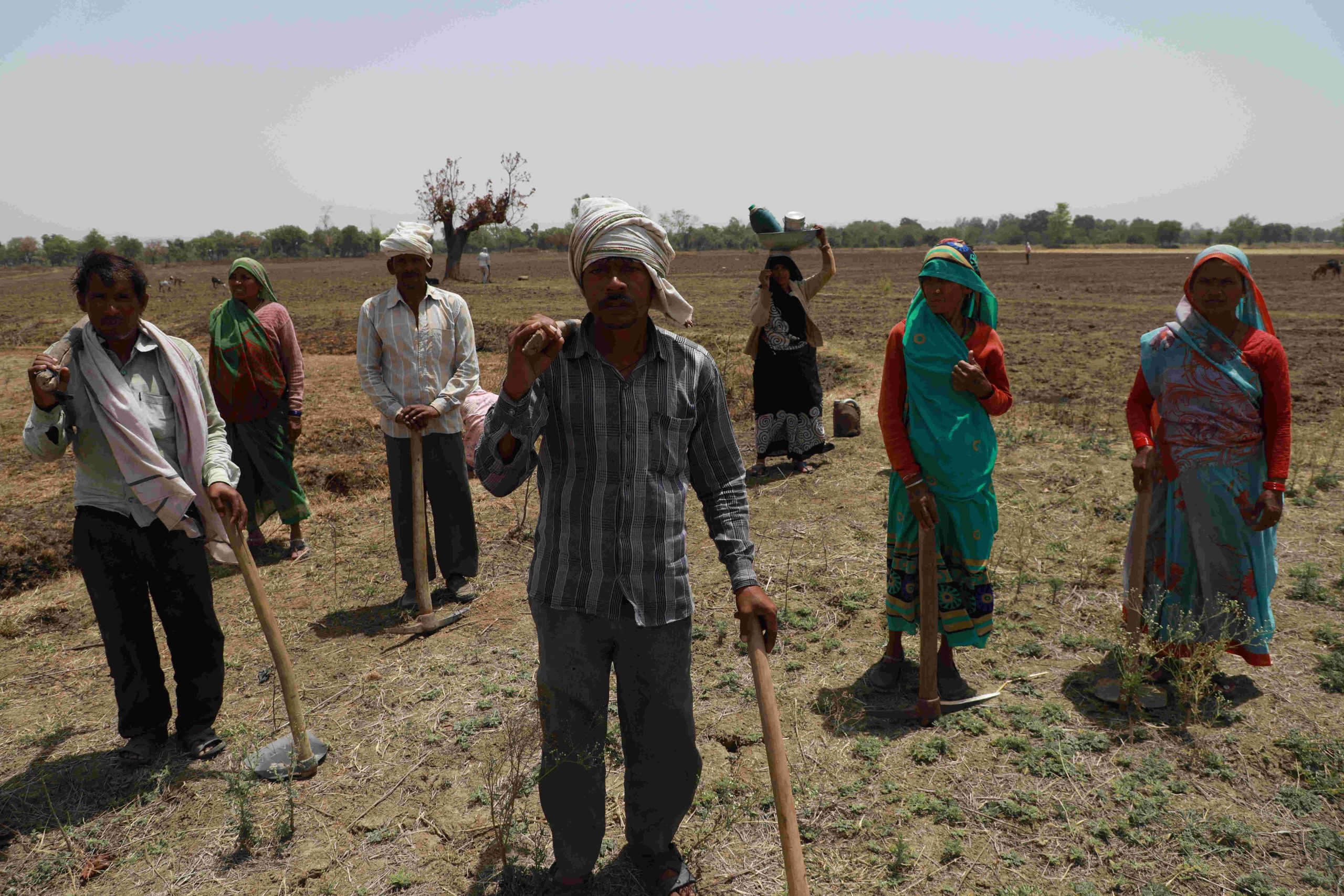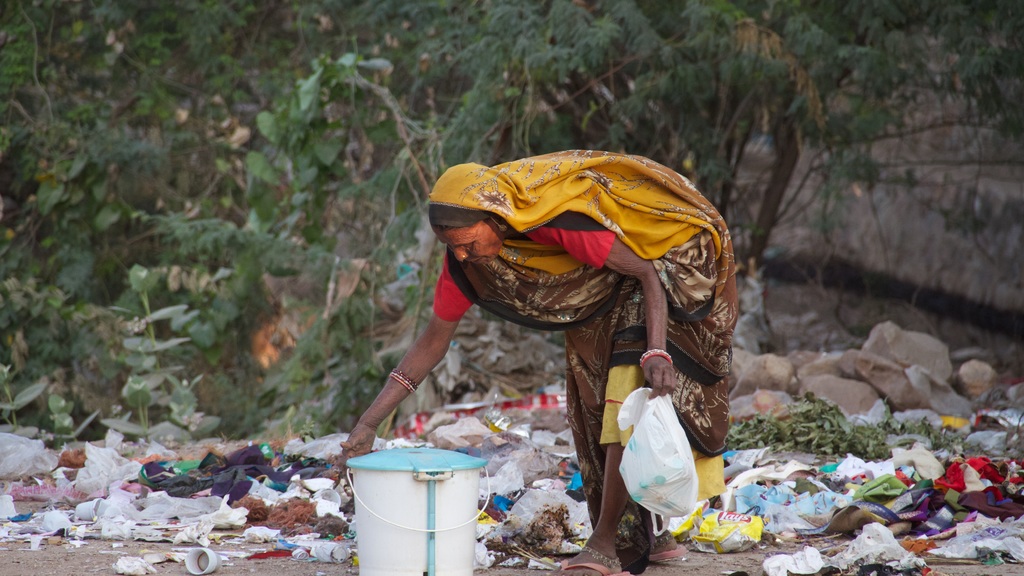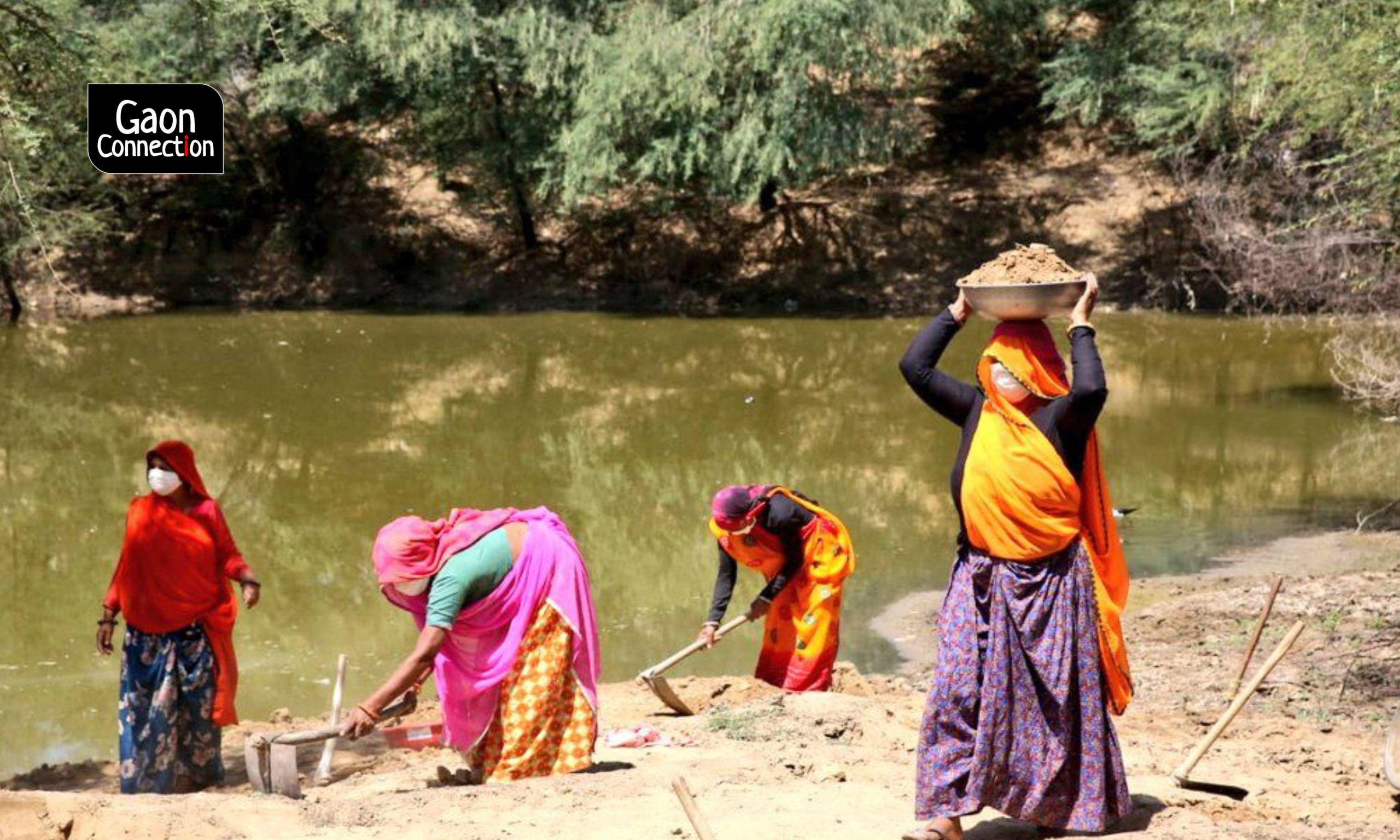Mind The Gap: COVID-19 pandemic has further riven social, economic and gender equations. What will it take to close the gap?
Those who have access to power and resources, in the guise of following protective norms, may demonstrate behaviours, that knowingly or unknowingly, perpetuate bias and prejudice. Institutions need to step in and step up efforts to bridge the inequalities that have become even more glaring in the corona pandemic.


Observe how serpentine queues form outside high-end restaurants and at the same time, also at informal labour chowks. The difference is stark and contrasting. The first shows an ostentatious display of wealth while the latter is symbolic of daily-wagers struggling to secure a day’s worth of work.
The year 2020 saw the world and Indian economy contract sharply, with a record number of people pushed out of jobs.
The COVID-19 pandemic has deepened both income and social inequalities, with the disadvantaged groups and minorities, facing the brunt of the adverse effects of the pandemic.
For example, as per data from the Centre for Monitoring Indian Economy, women were disproportionately impacted by job loss beginning in April 2020. While men recovered most of their jobs by November 2020, women found it harder to regain employment. Forty nine per cent of job-losses were of women.
COVID-19 imposed a restriction on their mobility, perhaps even pushed the glass-ceiling a little further away. There are other negative spillovers too. Staying at home means many more women are exposed to instances of domestic violence and perhaps no longer enjoy the same decision-making power when they were employed, earning and enjoyed greater freedom – in all senses of the word.

In other words, whether it be in terms of wealth, caste, or gender, there has been a consolidation of power and resources by those who already had access to them, and those who did not, were left to fend for themselves.
The situation begs the question – how will these inequalities manifest at the level of individual interactions and behaviours?
The nature of the pandemic forces one to ‘socially distance’ from others who pose a risk of spread of the virus – directly or by the surfaces they may touch. Like all previous pandemics, it has introduced changes to how we interact with other humans or the physical environment in order to adapt and survive. For example, if you were eating out, would you prefer a ‘disposable plate’ or a steel one, which may have been used previously? Chances are, people may prefer items which have not been used by anyone else!
These differences trickle down to interactions at an individual and community level as well. Behaviours emerging from deep-seated inequalities have manifested in the form of discrimination based on religion and caste, and in it’s worse form – untouchability. There are well-documented instances of people refusing to drink water from the same water-source, that a ‘lower caste’ individual also uses.

In recent months, we have witnessed innumerable instances of caste and religion-based brutality. There have been reports of Dalits being subject to violence by higher castes, when accessing water from hand-pumps or something as trivial as borrowing matchboxes. Even within such groups, girls and women from lower castes may face the brunt and be subject to more instances of such violence.
The linkage between the pandemic and deepening of such behaviours, emerging out of deep-seated fissures may be subtle, but an important one.
At an individual level, people perceive threats from others around, based on the probability of contracting the coronavirus. For instance, research shows that people became wary of foreign travellers during the period of virus-spread. If this is so, there is also a fear that people while perceiving this threat, will confound it with their existing sets of beliefs and prejudices. Their behaviours are reflective of this threat perception – what psychologists may refer to as ‘Confirmation Bias’.
For example, sanitation workers coming from ‘lower castes’, who even in the past have been stigmatized, may be perceived as ‘high-risk’ vectors of the virus.

A quick look around suggests that such cases are not unfathomable. Those who have access to power and resources, in the guise of following protective norms, may demonstrate behaviours, that knowingly or unknowingly, perpetuate bias and prejudice.
Occupying similar space are professions of gig-workers like delivery persons, who have been subject to hoops of ‘temperature checks’, ‘sanitisation checks’, and other such ‘checks’. They are often thought of as ‘high-risk’ people who cause virus-spread.
Services and businesses may also indulge in such unnecessary checks to signal their seriousness in maintaining safety. It is a move to reduce some people’s humanity just so it eases the anxieties of those others who ‘order’ services. This is symbolic of the inequality and skewed power dynamics. Following protective behaviour shouldn’t imply subjecting others to practices which one may not follow oneself.
This is where inclusive and democratic institutions play a critical role. If institutions support people who are at the risk of being discriminated against, that may help counter any adverse spillovers in their daily lives and increase their ability to resist its harsh impact.
Affirmative action and social safety nets have proven to be critical in improving well-being and upward mobility for generations. A double-down on measures which can provide benefits similar to MGNREGA, or a Universal Basic Income will prove essential to check spiralling inequalities. Social protection schemes can soften the blow and allow vulnerable families to access basic needs like children’s education and escape poverty.

Strong labour laws and introduction of a wealth tax can also counter the force of the pandemic’s inequality-inducing overtures. Institutions like the judiciary, the police and even places of education, despite being stretched thin, would need to be empathetic and resist embodying the inequality which COVID-19 may have introduced. The police custodial deaths in Tamil Nadu and student suicides due to lack of access to technology, are a grim reminder of such fears.
Any efforts to reduce ‘confirmation bias’ at a societal level would need to include de-stigmatisation of social groups and minorities, who have faced the brunt of the pandemic. This would require all institutions, including the judiciary to recognize the ‘increased fissures’ and not delay the delivery of ‘justice’, especially in such cases.
Historically, natural disasters, including pandemics, leave an aftermath of loss of lives and adversely impact the well-being of generations. Perhaps, the real test of our society and its institutions lies in addressing the inequalities and behaviours emerging from the unforgiving devastation of COVID-19.
Saksham is a researcher in development and behavioural economics and moonlights as a cartoonist.
(Views are personal)

